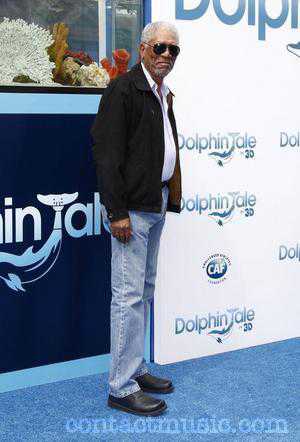As the summer heat subsides, Turkey’s premier city buzzes with a host of autumn events.
By Laura Holt
Rex Features
Night vision: The Blue Mosque at dusk
Travel essentials
Why go now?
Seven hills, four bodies of water and two continents meet in this sprawling maritime city, which mixes historic mosques and markets with rooftop bars for a city break with depth and dimension. As autumn falls, Turkey’s premier metropolis shakes off the heat of high summer with a season of festivals: starting with film (Filmekimi; 8-15 October; filmekimi.iksv.org), moving on to music (Akbank Jazz; 13-23 October; akbanksanat.com), and culminating in the celebration of Republic Day on 29 October, when a light display and fireworks will illuminate the Bosphorus Bridge (1).
Touch down
On arrival, British travellers must pay £10 (in cash) for a visa. Istanbul’s main airport, Ataturk, is 20km west of the centre on the European side. It is served by Turkish Airlines (020-7471 6666; turkishairlines.com) from Birmingham, Heathrow and Manchester; and British Airways (0844 493 0787; ba.com) from Heathrow. A train/tram combo gets you quickly and cheaply into town. Follow signs for the Hafif Metro; buy a 2 lira (YTL2/0.70p) token and take the train to Zeytinburnu station. Transfer to the tram bound for Kabatas (different token, same price) which heads first to Sultanahmet, before crossing to the newer parts of town.
The city’s second airport, Sabiha Gokcen, is 50km west of the centre, across the Bosphorus on the Asian shore. Pegasus (0845 0848 980; flypgs.com) flies here from Stansted, as does easyJet (0843 104 5000; easyJet.com) from Luton and Gatwick. An airport bus (00 90 212 518 03 54; istanbulairportshuttle.com) travels to central hotels for €10, or less for groups of four or more.
Get your bearings
Istanbul is loosely divided into three. In the southern part of the European side, Sultanahmet marks the hub of the old town. Encircled by fortified walls, this area cradles a triumvirate of architectural jewels: the russet-hued beauty of Hagia Sophia (2); the Blue
Mosque (3) with its six minarets; and the expansive hilltop pile of Topkapi Palace (4).
Moving clockwise towards the north, the Golden Horn estuary bisects the older part of the European side, from the more modern section of bars, bistros and shopping precincts stretching from Galata Bridge (5) into the Beyoglu area, and up towards the main Taksim Square (6).
Finally, to the east: the Bosphorus Strait cuts its path between Europe and the Asian bank, linking at its northernmost limit the Black Sea with the Sea of Marmara to the south.
Check in
For close proximity to the sights of Sultanahmet, the Hotel Amira (7) at Mustafa Pasa 79 (00 90 212 516 16 40; hotelamira.com) has suitably opulent rooms dressed in red and gold hues, with a roof terrace overlooking the Sea of Marmara. Doubles from €99, with breakfast.
In Beyoglu, the Pera Palace Hotel (8) (00 90 212 377 40 00; perapalace.com), is a grande dame with a revived spring in her step. First opened in 1892 in the twilight years of the Ottoman Empire to serve European passengers of the Orient Express train, the hotel has recently been restored to its former glory after a £20m renovation. Doubles from €200, room only.
High style is also evident at the new Istanbul Edition (9) (00 90 212 317 77 00; editionhotels.com), which opened in the business district of Levent, in April. It boasts a restaurant by Cipriani, a nightclub and doubles from €305, with breakfast.
Day one
Window shopping
The Spice Market (10) is an excellent place to plunge into the frenzy of colour and commerce that comprises Istanbul. Your senses will be assailed by an atmospheric array of piled powders, colourful cubes of lokum (Turkish delight) and even “Sultan’s Aphrodisiac” for the more adventurous; 9am-7pm daily.
Take a hike
Start at the Eminonu ferry port (11), the main maritime intersection for boats across the Bosphorus. The hub is dominated by the Yeni Camii (12), an Ottoman imperial mosque built in 1597 with two elegant minarets. Cross Galata Bridge (5), with rows of fishermen casting their lines. Head north along Yuksek Kaldirim, with the handsome medieval spire of the Galata Tower (13) as your target (00 90 212 293 8180; galatatower.net; 9am-8pm daily; YTL11/£4). First erected in 528 by Emperor Justinian, before being rebuilt by the Genoese in 1348, this stone beacon stands 61 metres above ground, with exceptional views from its narrow platform at the top.
Continue north to Istiklal Caddesi. This pedestrianised artery is the epitome of modern Istanbul: international chains, smart restaurants and a maze of side-streets, known as the Beyoglu passages, offering a traditional contrast. One of the most notable is found through the iron gate labelled “Balik Pazari” (fish market) (14) where you can finish the walk amid iced displays of whole turbot, while watching hawkers fry calamari on street-side stalls.
Lunch on the run
The final right-hand street at the end of Istiklal is the location for Haci Baba (15), hidden behind a modest door at number 39 (00 90 212 244 1886; hacibabarest.com; noon-midnight daily). Here, an Iskender kebab – lamb on a bed of flatbread, with tomato and yogurt sauce – costs YTL22 (£8). There’s also a peaceful terrace with views of the Greek Orthodox church, Aya Triada.
Take a ride
… to Asia. Hop aboard the Bosphorus Cruise (sehirhatlari.com.tr; YTL25/£9) which departs daily from Eminonu (11) at 1.35pm and takes you nearly the full length of the waterway: past shore-side mansions and enviable summer homes, underneath two soaring bridges, before the banks pull away to meet the mouth of the Black Sea. If you don’t have time for the full half-day tour, dozens of ferries cross to Asia for YTL2 (£0.70).
An aperitif
The jewel in the Eresin Crown (16), on Kucuk Ayasofya 40 (00 90 212 638 44 28; eresin.com.tr), is its impressive rooftop bar overlooking the Sea of Marmara. This boutique hotel welcomes non-guests daily between 10am-midnight and serves traditional raki cocktails for YTL15 (£5).
Dining with the locals
By nightfall, Akbiyik Avenue buzzes with meyhanes (traditional Turkish restaurants) and becomes one of Sultanahmet’s busiest thoroughfares. Albura Kathisma (17) at number 26 (00 90 212 517 90 31; alburakathisma.com) dishes up tender kebabs with tomatoes and flatbread for YTL23 (£8). What sets this venue apart though, is what lies beneath. Ask the waiters, and they will lead you through a maze of dimly lit vaults and dank underground tunnels which formed part of the Magnaura (senate building) during the Byzantine era.
Day two
Sunday morning: go to church
The Blue Mosque (3) – so called for the coloured tiles adorning its interior – was built in 1609 for the teenage Sultan Ahmet I. It provoked resistance due to its six minarets, deemed to rival those of Mecca – the only other place to have as many at the time. Inside, the Iznik mosaics ornamenting its domed cupola are beguiling. The mosque is closed five times during the day for prayer. In the morning, the longest window is between 7am and 12.30pm; free. Female visitors must cover their heads and shoulders; men should wear trousers.
A walk in the park
Gulhane park (18) is a tranquil green park on the edge of Sultanahmet, with shaded lawns and views of the Bosphorus. On the left is Hagia Eirene church (19). Next, the Archaeology Museum (20), with a collection of terracotta artefacts, Ottoman coins and ancient tombs (00 90 212 527 27 00; istanbularkeoloji.gov.tr; 9am-5pm, except Monday; YTL10/£3.50).
At the northern edge is Topkapi Palace (4) (00 90 212 512 0480; topkapipalace.com), built at the top of the ancient acropolis in 1459 as a retreat for the Sultans. It holds three open courtyards, surrounded by exhibition rooms, containing bejewelled robes, encrusted chests and elaborate gifts bestowed on the Ottoman rulers by visiting dignitaries (YTL20/£7). Inside, buy a ticket for the Harem section (YTL15/£5), which allows you to roam through the cool tiled rooms where successive Sultans housed their wives and mistresses. Open 9am-5pm daily except Tuesday.
Out to brunch
Turkish meze is on offer at the Balikci Sabahattin (21) on Cankurtaran Caddesi (00 90 212 458 18 24; balikcisabahattin.com), near the Blue Mosque (3). Here, trays of octopus salad and marinated seabass are served within a crumbling courtyard for around YTL10 per dish (£3.50). Open daily from noon.
Cultural afternoon
Head underground to the Basilica Cistern (22) or “Sunken Palace” (00 90 212 522 12 59; yerebatan.com), near Sultanahmet Square. This impressive system of subterranean aqueducts was built in 532 to service the water requirements of the Byzantine Emperor Justinian and his people. It boasts 336 marble columns, enhanced today by modern lighting (open daily 9am-6.30pm; YTL10/£3.50).
Emerge and make your way to Hagia Sophia (2): one of the oldest extant symbols of the Byzantine period, dating back to the sixth century. Built as a church and transformed into a mosque a millennium later, it has served as a bastion for two of the world’s leading religions, and now displays a mix of Christian murals and Islamic calligraphy across its soaring dome and upper galleries. Open daily 9am-7pm; YTL20 (£7).
The icing on the cake
Take the tram north to Kabatas, which stops near to Dolmabahce Palace (23) (00 90 212 327 26 26; dolmabahcepalace.com). This 19th-century mansion was the residence of choice for Sultans of the late-Ottoman period after they stopped living in Topkapi. Visitors must take guided tours around its two main sections, the Harem and palace (YTL20/£7; 9am-4.30pm; closed Mon/Thur).
After General Ataturk, the founding father of the Turkish Republic, exiled the last Sultans, he used this as his base in Istanbul. He died here in Room 71 on 10 November 1938 at 9.05am: all the clocks are stopped in remembrance.
https://www.independent.co.uk/travel/48-hours-in/48-hours-istanbul-2367150.html


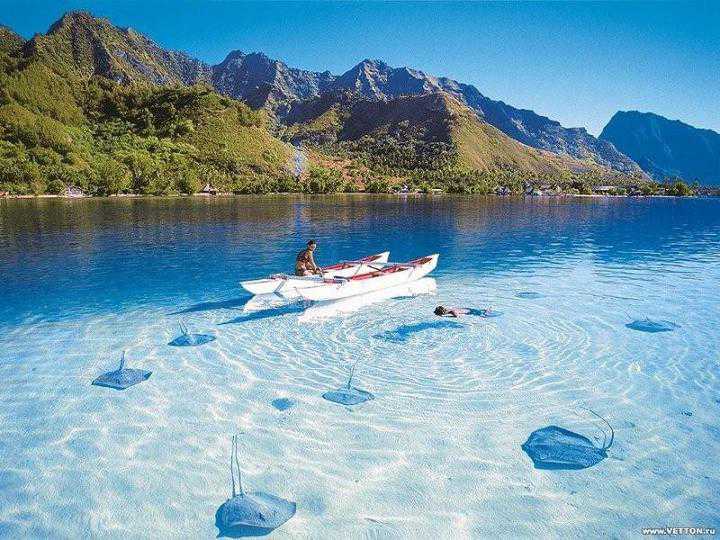
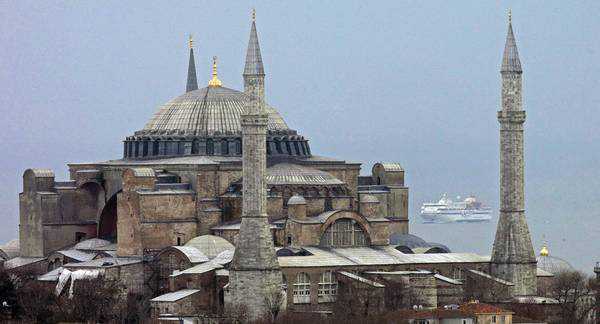

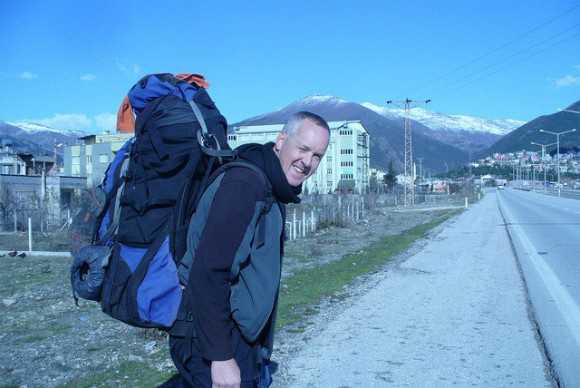
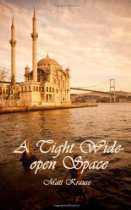 In 2003, when the shockwaves of 9/11 still echoed through the US and the country was fighting two wars in Muslim countries, Matt met a beautiful woman on an airplane and decided to follow her to Turkey. This is the story of what happened there.
In 2003, when the shockwaves of 9/11 still echoed through the US and the country was fighting two wars in Muslim countries, Matt met a beautiful woman on an airplane and decided to follow her to Turkey. This is the story of what happened there.